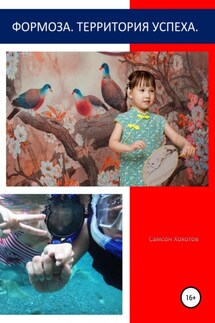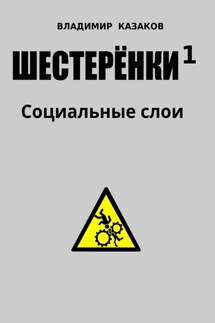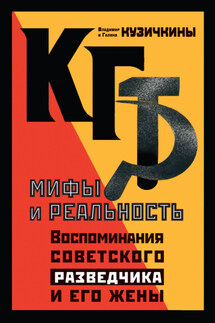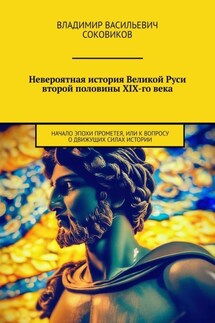Formosa. Country of success - страница 3
field”. In addition to this, every woman and every man worked on their plots.
Fishing, crab and oyster catching in the 17th century were exclusively women’s occupations, whereas in the 18 and 19th centuries it became men’s work. For fishing bows and harpoons were used and they set up nets and made dams. But the main occupation for men was hunting. They hunted singly and in groups. Sometimes hunters of 2 or 3 neighbouring communities could unite. They hunted collectively either with stakes and dogs or with the help of snares. The prey was divided-up in the following way: the hunters kept the heads, bones, horns and skins of animals, and the remainder of the meat among all residents. Domestic animals included pigs,
Grains were ground using a mortar and pestle.
Rice, sweet potatoes and peas were spiced using red pepper. Fruit (bananas, oranges, persimmons) played a secondary role.
Beginning in the 3rd century, they used weapons made of deer antlers, whereas in the 16th century, they began to buy iron arrowheads and knives from the Chinese and daggers from the Japanese.
By the 17th century, they began to smelt iron and make weapons themselves.
Boats were hollowed out of wood. Bamboo was used to make vessels for storing grain and water. Often water was stored in gourds.
The Taiwanese were engaged in spinning, weaving and basket weaving. Bamboo fibres and hemp were used for weaving. Weaving was a man's business. Houses were built from bamboo on a loose foundation. The roof was covered with thatch. They climbed into the house by a ladder. Every five years the houses were demolished and new ones were built. Weapons, objects of labour and household items were all kept in the house. They slept on reindeer skins. Since the 19th century, wealthier people began to use beds. Cowrie shells, necklaces of coral, bamboo, stone, feathers and bone bracelets were all used for decoration. Hair was plucked-out at the temples. The tattoo symbolized affiliation with a particular tribe, clan or age group. Soot and madder plant sap were both used as paint.
Men got married at the age of 21. The groom's relatives engaged in matchmaking. It was necessary to present a gift to the groom's parents or the bride's girlfriends. In some communities, the bride and groom exchanged broken front teeth. Accepting the gift meant agreeing to the marriage. Economic ties were weak, and families easily broke up at the initiative of either side.
Violation of religious prohibitions was considered the most serious of crimes for which there was a fine in the form of rice, meat, skins or wine. Theft, murder, and adultery were considered crimes. In such cases, the custom of revenge was in effect.
The plaintiff and the defendant fought a duel. For his wife’s adultery, the husband took 2 or 3 pigs from the opponent. The Taiwanese worshipped the spirits of the mountains and the sea and sacrificed to them with meat and fish, sprinkling them with water. If a person died in battle the bodily remains were sacrificed to the spirits. The corpse was placed in a small hut, built on the branches of a tree, and shot at with bows or covered with a pile of stones into which a flag was placed.




![Bo][ing Day истребить «колхозника»](/uploads/covers/fe/bo-ing-day-istrebit-kolhoznika.jpg)



